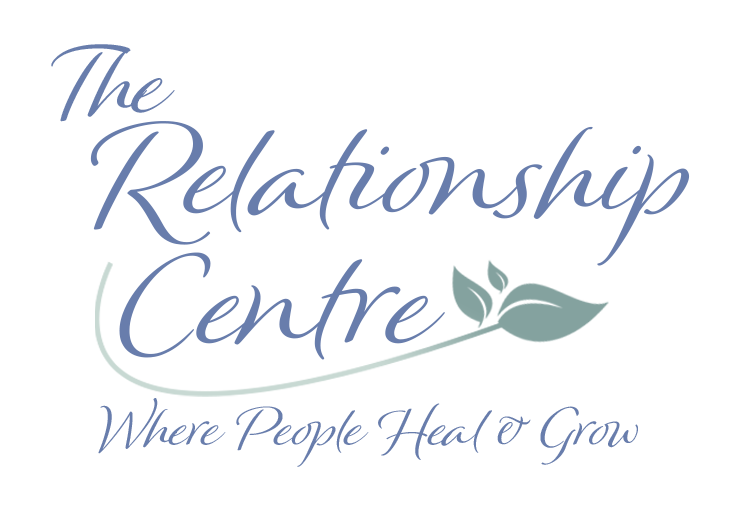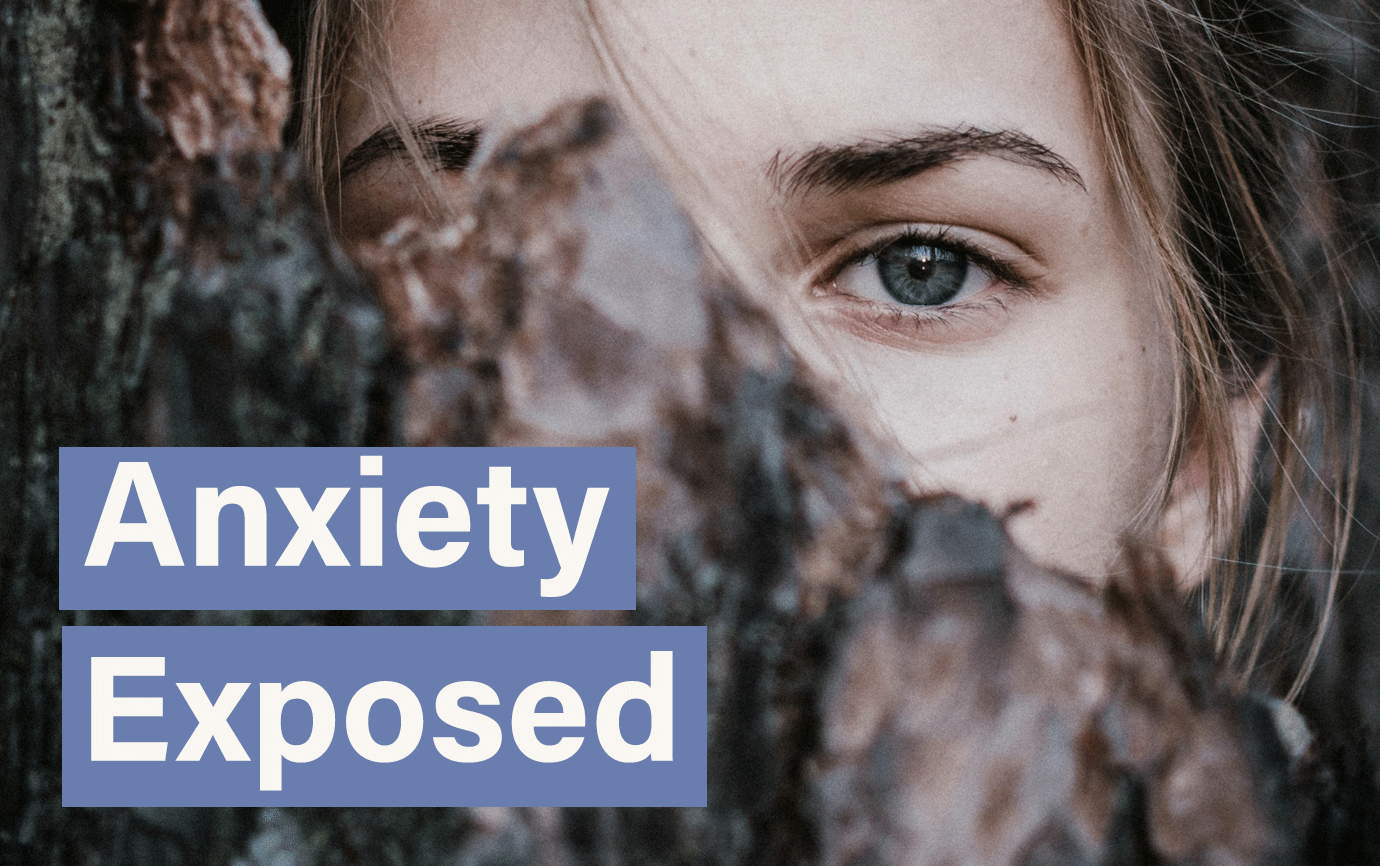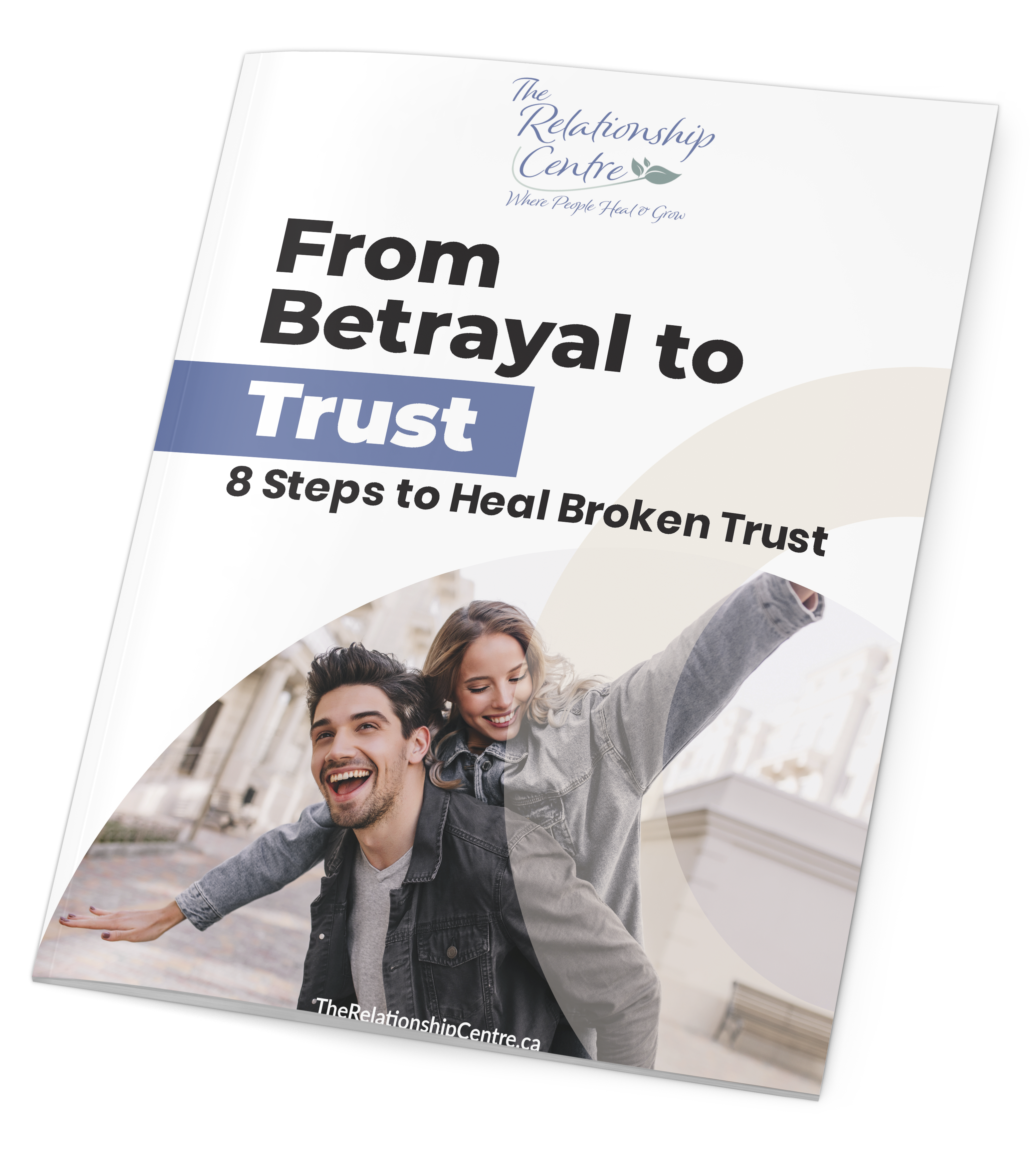Life is busy. The demands of home, family and work can rob you of the energy to invest in your intimate relationship.
Don’t fall into the trap of assuming your partner knows how important and special they are to you. Be intentional about demonstrating your love.
If you want your relationship to stand the test of time, it is important to invest energy into nurturing the connection between you and your partner. These quick and easy steps convey the important message that “you matter,” “you are loved,” and “you are appreciated” that are essential to cultivating emotional connection.
10 Easy Ways to Connect with Your Partner
Daily Touch – it can be a kiss, a hug, holding hands or a back scratch – but understand the importance of physical contact. As humans, we need this physical touch to thrive – it is one of our most basic needs.
Express Gratitude – it is easy to focus on the ways our partners may annoy us. However, it is also quite likely that your partner has contributed in at least one way that made your day a little easier or more enjoyable. Express this verbally to them which will likely feel good for both of you.
Share a Laugh – laughter is good for your soul, your mood and when shared between partners, it is good for your connection together. See the levity in things and when funny moments occur, share them with your partner. Research shows relationships can be strengthened when partners can have fun and share humour together.
Listen – showing interest by listening and tuning into your partner is a demonstration of love and respect. When we stop what we are doing to truly listen, you silently convey your partner is important enough and deserves your full attention. This is a powerful unspoken message that can’t be overstated.
Flirt – remember, that thing you did so easily when you were first getting to know each other. It is fun. It is sexy. It fosters a sense of physical and emotional intimacy. This is a special area of connection that is only shared between the two of you and it is important to find ways to demonstrate and express this together.
Be Curious – ditch the standard, “How was your day?” and replace it with a more unique and open-ended question, such as, “What was the best part of your day?” or “Did you have any moments that caught you by surprise?” or perhaps, “What is one part of your day you could have done without?” You get the idea – it opens a different, less predictable dialogue that shows care and interest.
Have Your Partners Back – when life, circumstances or interactions are challenging to your partner, ensure he/she knows you are there for them as a supporter or protector if needed. Knowing we have a trusted ally to lean on allows us to have the confidence to face whatever challenges life throws at us.
Relive a Memory – moving back towards connection can be made easier when remembering moments from your early days together, sharing funny stories and reminiscing about touching moments. Looking through photos can provide a natural way to relive past special moments.
Create a New Memory – step out of predictable routines that can leave you feeling bored and uninspired. Consider a new activity or perhaps a spontaneous suggestion that shakes up your typical routine. It doesn’t need to be elaborate; it just needs to be unexpected. Perhaps when a song you like comes on the radio, grab your partners hand for a quick spin around the living room.
Expressions of Loving Kindness – research shows that people in happy relationships treat their partners with love and kindness, expressed through kind thoughts, loving words and acts of kindness. A simple note slipped into your partner’s lunch bag usually brings a smile and a warm feeling of love.

In honour of Valentine’s Day and in celebration of your relationship if you are in one, can you consider practicing one or two of the above suggestions to connect with your partner?
At The Relationship Centre we love to watch relationships grow and these small acts may create some growth and connection in your relationship.
by: Mary Joan Brinson MSW, RSW










